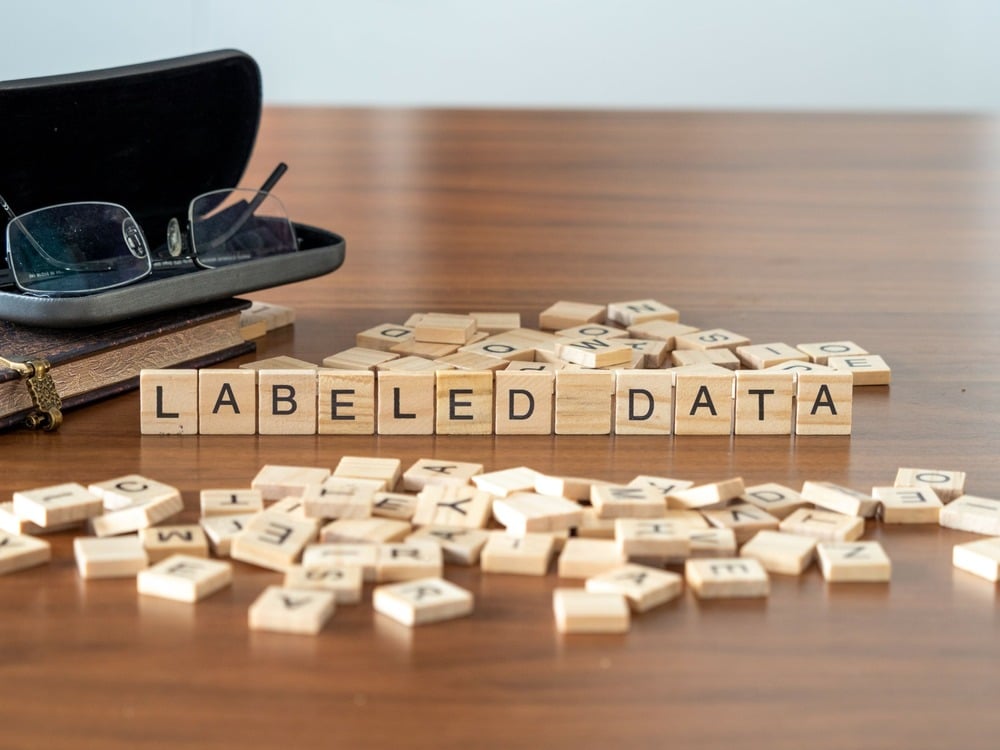An introduction to Data labeling
The quality of an AI model is determined by the data it is trained to recognize and respond to. Data preparation for training, which includes data labeling, takes up an average of 80% of the time spent on an AI project. This makes perfect sense since the effectiveness of an AI system is directly related to the quantity and quality of the training data it is provided with. It is essential to accumulate a significant amount of raw, unstructured data before constructing an AI model. labeling is a crucial part of the pre-processing and preparation of data required to develop AI. But what precisely does “data labeling” mean in the context of machine learning?
Data Labeling: A Definition
Data labeling, also known as data annotation, is the process of adding descriptive information (tags) to unstructured data in order to make its underlying features more apparent to a machine learning algorithm. To learn from examples, a model requires labels or tags that characterize each data point. Photos of people’s faces should have their eyes, noses, and mouths labelled in order to train a facial recognition model. However, suppose you want your model to be able to analyse sentiment (such as judging whether a speaker’s tone is sarcastic). In that case, you will need to label audio recordings with various inflexions.
Labelled data draw attention to data attributes (characteristics) that help the model analyse information and identify patterns within existing records for precise prediction on new, relevantly comparable inputs.
Why Does ML and AI Need Data Annotation?
Practically every industry could benefit from incorporating AI. AI is now present in many aspects of our daily lives, including our mobile devices, the cars we drive, and even business operations. To a large extent, data labeling is what makes this possible.
In 2019, the industry of data annotation tools had a total value of 700 million dollars. According to projections provided by Global Market Insights, this number will have increased to $5 billion by the year 2026. In light of the fact that experts in machine learning have forecasted that all products and services will contain AI in some shape or another over the next several years. This turn of events should not come as a surprise. So, what exactly is it about data annotation that makes it so helpful in machine learning?
Unlabelled data is all around us. However, since most of today’s popular algorithms need labelled data to learn, developing machine-learning models from raw data continues to be the most pragmatic option.
The use of labelled data is not only substantially more beneficial but also essential in order to have a strong grasp of the environment that we are a part of. It presents patterns in a way a computer can comprehend, guiding it on what it should look for. This is useful for creating sophisticated forecasting models and doing advanced categorisation. Once the ML algorithm has been trained, it may be used to discover novel patterns in fresh datasets that are introduced to it for analysis.
Data labeling Approaches
Choosing the right data labeling strategy for your business is the most time- and effort-consuming part of the process. There are a variety of approaches (or combinations of approaches) that may be used to label data, such as:
- Crowdsourcing: If you don’t have the necessary internal resources for data labeling, crowdsourcing the task via a reliable third-party data partner is a great alternative. A data partner’s assistance is invaluable throughout any stage of the model-building process, as is their access to a big pool of contributors capable of efficiently processing enormous datasets in a short period of time. Companies planning to expand their use of large-scale deployments might benefit greatly from crowdsourcing.
- Outsourcing: Find freelancers to help you classify data on a temporary basis. You’ll have the ability to assess the competence of these freelancers but less say over how the task is done.
- In-house: Put your current workforce and resources to good use. While this approach gives you more say over the final product, it may be time-consuming and costly if you need to start from scratch with recruiting and training annotators.
- By machine: Machines may also do data labeling. If you need to prepare training data at scale, consider looking at ML-assisted data labeling. Also, you may implement it in automated business processes that need to classify data.
Many factors, including the expertise of your staff, available resources and the difficulty of the issue, will determine the approach your firm uses in data labeling.

























